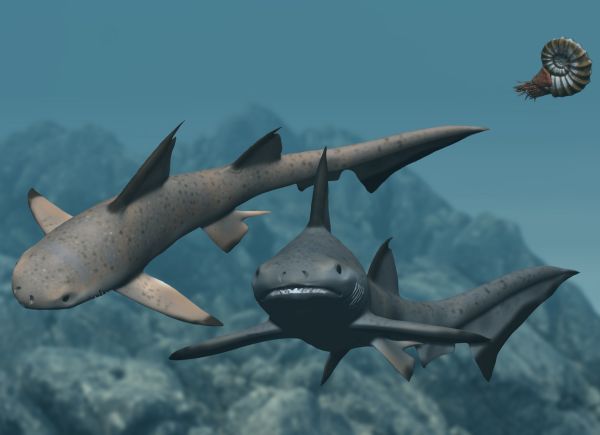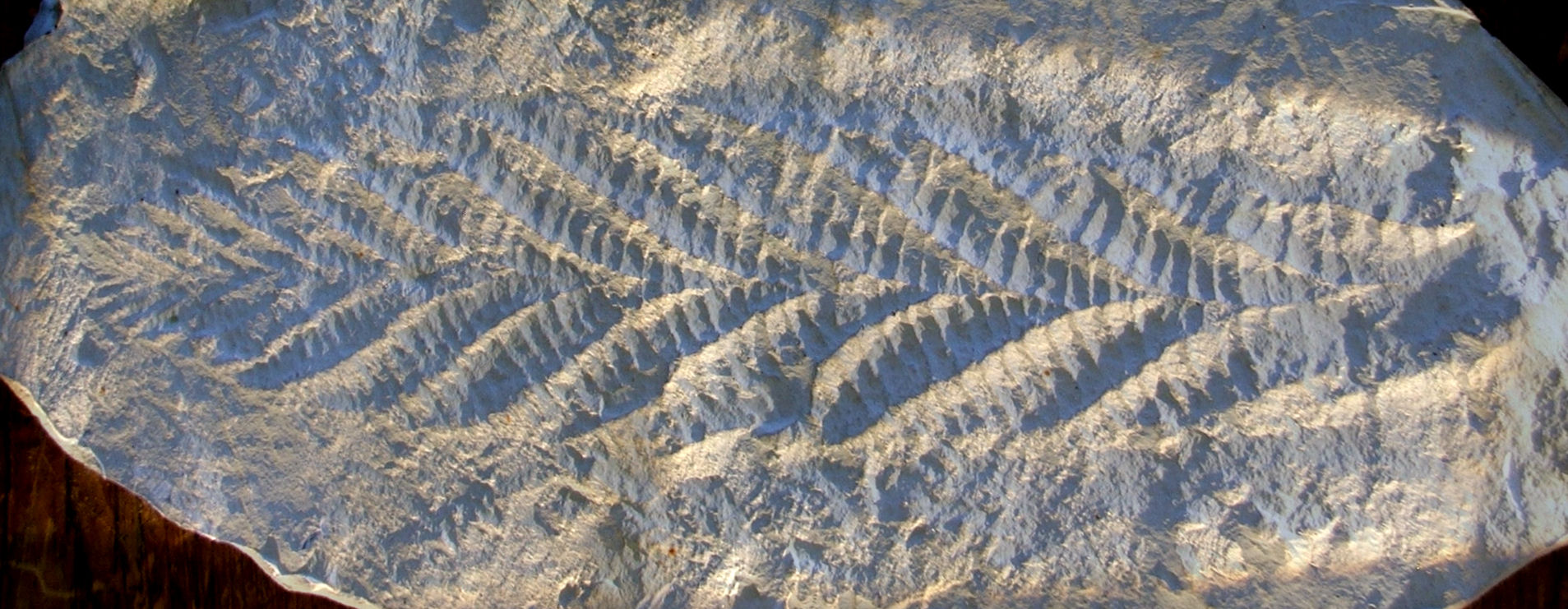|
Euronychodon
''Euronychodon'' ("European claw tooth") is the name given to a genus of coelurosaur dinosaur from the Late Cretaceous of Europe and Asia. ''Euronychodon'' is known from teeth only. These are similar to those of another coelurosaur tooth genus, ''Paronychodon''. Species Two species of ''Euronychodon'' have been named to date. *''E. portucalensis'' (named for Portugal, from ''Portucale'', an old name of Porto): the remains consist of three teeth. In 1988 referred to ''Paronychodon lacustris'', they were later considered diagnostic enough for them to represent a distinct genus and species. They were found at the locality of Taveiro, dated as Campanian-Maastrichtian (about 70 million years old). The type species of ''Euronychodon'', ''E. portucalensis'' was named and described in 1991 by Miguel Telles Antunes and Denise Sigogneau-Russell. The generic name is a contraction of "Europe" and ''Paronychodon''. The holotype CEPUNL TV 20, is one of the teeth. It is 1.8 millimetres long, r ... [...More Info...] [...Related Items...] OR: [Wikipedia] [Google] [Baidu] |
Bissekty Formation
The Bissekty Formation (sometimes referred to as Bissekt) is a geologic formation and Lagerstätte which crops out in the Kyzyl Kum desert of Uzbekistan, and dates to the Late Cretaceous Period. Laid down in the mid to late Turonian, it is dated to about 92 to 90 Ma (million years ago). Description The lithology of the sediment largely consists of cross bedded sandstones with interbeds of massive sandstone, well cemented intraformational conglomerate, siltstones and mudstones. Most of the fossils are found as clasts within the conglomerates. Fossil content The Bissekty Formation is characterised by a mix of marine, brackish, freshwater, and terrestrial animal fossils. This stands in contrast the strictly marine fossils found in the underlying Dzheirantui Formation, and indicates that the Bissekty was formed during the regression of a saltwater sea. The coastline expanded inland again in the upper portion of the Bissekty, represented by a proportional increase of fully aqu ... [...More Info...] [...Related Items...] OR: [Wikipedia] [Google] [Baidu] |
Paronychodon
''Paronychodon'' (meaning "beside claw tooth") was a theropod dinosaur genus. It is a tooth taxon, often considered dubious because of the fragmentary nature of the fossils, which include "buckets" of teeth from many disparate times and places but no other remains, and should be considered a form taxon. The type species, named by Edward Drinker Cope in 1876,Cope, E.D., 1876, "Descriptions of some vertebrate remains from the Fort Union Beds of Montana", ''Proceedings of the Academy of Natural Sciences of Philadelphia'', 28: 248-261 is ''Paronychodon lacustris'', from the Judith River Formation of Montana, dating to 75 million years ago, during the Campanian stage. The holotype is specimen AMNH 3018. It is a tooth about one centimetre long, elongated, recurved, lacking serrations, possessing low vertical ridges and with a D-shaped cross-section, the inner side being flattened. Cope at first thought the tooth belonged to a plesiosaur, but in the same year realised it represented a ... [...More Info...] [...Related Items...] OR: [Wikipedia] [Google] [Baidu] |
Late Cretaceous
The Late Cretaceous (100.5–66 Ma) is the younger of two epochs into which the Cretaceous Period is divided in the geologic time scale. Rock strata from this epoch form the Upper Cretaceous Series. The Cretaceous is named after ''creta'', the Latin word for the white limestone known as chalk. The chalk of northern France and the white cliffs of south-eastern England date from the Cretaceous Period. Climate During the Late Cretaceous, the climate was warmer than present, although throughout the period a cooling trend is evident. The tropics became restricted to equatorial regions and northern latitudes experienced markedly more seasonal climatic conditions. Geography Due to plate tectonics, the Americas were gradually moving westward, causing the Atlantic Ocean to expand. The Western Interior Seaway divided North America into eastern and western halves; Appalachia and Laramidia. India maintained a northward course towards Asia. In the Southern Hemisphere, Australia a ... [...More Info...] [...Related Items...] OR: [Wikipedia] [Google] [Baidu] |
Holotype
A holotype is a single physical example (or illustration) of an organism, known to have been used when the species (or lower-ranked taxon) was formally described. It is either the single such physical example (or illustration) or one of several examples, but explicitly designated as the holotype. Under the International Code of Zoological Nomenclature (ICZN), a holotype is one of several kinds of name-bearing types. In the International Code of Nomenclature for algae, fungi, and plants (ICN) and ICZN, the definitions of types are similar in intent but not identical in terminology or underlying concept. For example, the holotype for the butterfly '' Plebejus idas longinus'' is a preserved specimen of that subspecies, held by the Museum of Comparative Zoology at Harvard University. In botany, an isotype is a duplicate of the holotype, where holotype and isotypes are often pieces from the same individual plant or samples from the same gathering. A holotype is not necessaril ... [...More Info...] [...Related Items...] OR: [Wikipedia] [Google] [Baidu] |
Deinonychosauria
Deinonychosauria is a clade of paravian dinosaurs which lived from the Late Jurassic to the Late Cretaceous periods. Fossils have been found across the globe in North America, Europe, Africa, Asia, South America, and Antarctica,Case, J.A., Martin, J.E., and Reguero, M. (2007). "A dromaeosaur from the Maastrichtian of James Ross Island and the Late Cretaceous Antarctic dinosaur fauna." Pp. 1–4 in Cooper, A., Raymond, C., and Team, I.E. (eds.), ''Antarctica: a Keystone in a Changing World – Online Proceedings for the Tenth International Symposium on Antarctic Earth Sciences'', U.S. Geological Survey Open-File Report 2007-1047, SRP 083. U.S. Geological Survey, Washington, D.C. with fossilized teeth giving credence to the possibility that they inhabited Australia as well. This group of dinosaurs are known for their sickle-shaped toe claws and features in the shoulder bones. Deinonychosauria is commonly defined as all dinosaurs more closely related to dromaeosaurids (such as '' ... [...More Info...] [...Related Items...] OR: [Wikipedia] [Google] [Baidu] |
Archaeopterygid
Archaeopterygidae is a group of maniraptoran dinosaurs, known from the latest Jurassic and earliest Cretaceous of Europe. In most current classifications, it contains only the genera ''Archaeopteryx'' and ''Wellnhoferia''. As its name suggests, ''Protarchaeopteryx'' was also once referred to this group, but most paleontologists now consider it an oviraptorosaur. Other referred genera, like ''Jurapteryx'', ''Wellnhoferia'', and " Proornis", are probably synonymous with ''Archaeopteryx'' (the former two) or do not belong into this group (the last). ''Jinfengopteryx'' was originally described as an archaeopterygid, though it was later shown to be a troodontid.Chiappe, L.M. (2007) ''Glorified Dinosaurs: The Origin and Early Evolution of Birds.'' Sydney: UNSW Press. . A few studies have recovered ''Anchiornis'' and ''Xiaotingia'' (usually considered part of a distinct clade, Anchiornithidae) to also be members of the Archaeopterygidae, though most subsequent analyses have failed to arri ... [...More Info...] [...Related Items...] OR: [Wikipedia] [Google] [Baidu] |
Coelurid
Coeluridae is a historically unnatural group of generally small, carnivorous dinosaurs from the late Jurassic Period. For many years, any small Jurassic or Cretaceous theropod that did not belong to one of the more specialized families recognized at the time was classified with the coelurids, creating a confusing array of 'coelurid' theropods that were not closely related. Although they have been traditionally included in this family, there is no evidence that any of these primitive coelurosaurs form a natural group with ''Coelurus'', the namesake of Coeluridae, to the exclusion of other traditional coelurosaur groups. Classification Before the use of phylogenetic analyses, Coeluridae and Coelurosauria were taxonomic wastebaskets used for small theropods that did not belong to other groups; thus, they accumulated many dubious genera. As late as the 1980s, popular books recognized over a dozen "coelurids", including such disparate forms as the noasaurid '' Laevisuchus'' and the ... [...More Info...] [...Related Items...] OR: [Wikipedia] [Google] [Baidu] |
Dromaeosauridae
Dromaeosauridae () is a family of feathered theropod dinosaurs. They were generally small to medium-sized feathered carnivores that flourished in the Cretaceous Period. The name Dromaeosauridae means 'running lizards', from Greek ('), meaning 'runner', and ('), meaning 'lizard'. In informal usage, they are often called raptors (after ''Velociraptor''), a term popularized by the film ''Jurassic Park''; a few types include the term "raptor" directly in their name and have come to emphasize their bird-like appearance and speculated bird-like behavior. Dromaeosaurid fossils have been found across the globe in North America, Europe, Africa, Asia, South America and Antarctica, with some fossils giving credence to the possibility that they inhabited Australia as well. They first appeared in the mid-Jurassic Period (late Bathonian stage, about 167 million years ago) and survived until the end of the Cretaceous (Maastrichtian stage, 66 ma), existing until the Cretaceous–Paleogene ... [...More Info...] [...Related Items...] OR: [Wikipedia] [Google] [Baidu] |
Richardoestesia
''Richardoestesia'' is a morphogenus of theropod dinosaur teeth, originally described from the Late Cretaceous of what is now North America. It currently contains two species, ''R. gilmorei'' and ''R. isosceles''. It has been used as a morphotaxon to describe other theropod teeth widely displaced in time and space from the type species. If all teeth assigned to the genus are truly reflective of the animals biology and taxonomic state, it would have been one of the longest lasting dinosaur genera, prehaps also being the most widely distributed. Species The holotype specimen of ''Richardoestesia gilmorei'' (NMC 343) consists of a pair of lower jaws found in the upper Judith River Group, dating from the Campanian age, about 75 million years ago. The jaws are slender and rather long, 193 millimeters, but the teeth are small and very finely serrated with five to six denticles per millimeter. The serration density is a distinctive trait of the species. In 2001, Julia Sankey nam ... [...More Info...] [...Related Items...] OR: [Wikipedia] [Google] [Baidu] |
Zapsalis
''Zapsalis'' is a genus of dromaeosaurine theropod dinosaurs. It is a tooth taxon, often considered dubious because of the fragmentary nature of the fossils, which include teeth but no other remains. Etymology The generic name is derived from Greek ''za~'', "thorough", and ''psalis'', "pair of scissors". The specific name means "abrading" in Latin. History and classification Fossils of ''Zapsalis'' were first described by American paleontologist Edward Drinker Cope in 1876 but as species of the large carnivorous theropod ''Laelaps'' (now ''Dryptosaurus'').Cope, E. D. (1876). Descriptions of some vertebrate remains from the Fort Union beds of Montana. ''Proceedings of the Academy of natural Sciences of Philadelphia'', 248-261. Cope erected 2 species, ''Laelaps explanatus'' and ''L. laevifrons'', the former based on a collection of 27 teeth and the latter based on a single tooth. It wasn't until later in 1876 that Cope made the genus ''Zapsalis'', with ''Z. abradens'' as the ... [...More Info...] [...Related Items...] OR: [Wikipedia] [Google] [Baidu] |
Form Taxon
Form classification is the classification of organisms based on their morphology, which does not necessarily reflect their biological relationships. Form classification, generally restricted to palaeontology, reflects uncertainty; the goal of science is to move "form taxa" to biological taxa whose affinity is known. Form taxonomy is restricted to fossils that preserve too few characters for a conclusive taxonomic definition or assessment of their biological affinity, but whose study is made easier if a binomial name is available by which to identify them. The term "form classification" is preferred to "form taxonomy"; taxonomy suggests that the classification implies a biological affinity, whereas form classification is about giving a name to a group of morphologically-similar organisms that may not be related. A "parataxon" (not to be confused with parataxonomy), or "sciotaxon" (Gr. "shadow taxon"), is a classification based on incomplete data: for instance, the larval stage o ... [...More Info...] [...Related Items...] OR: [Wikipedia] [Google] [Baidu] |






